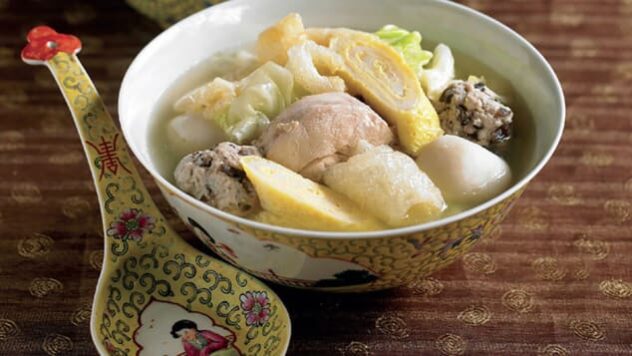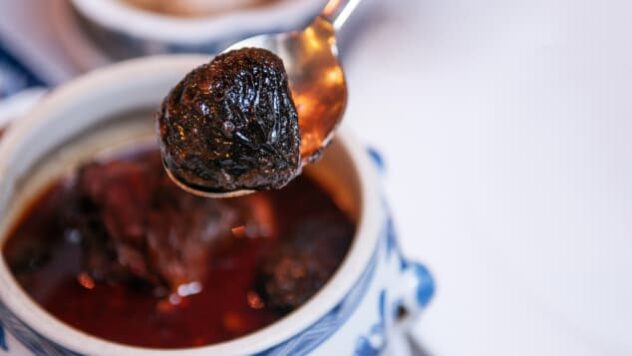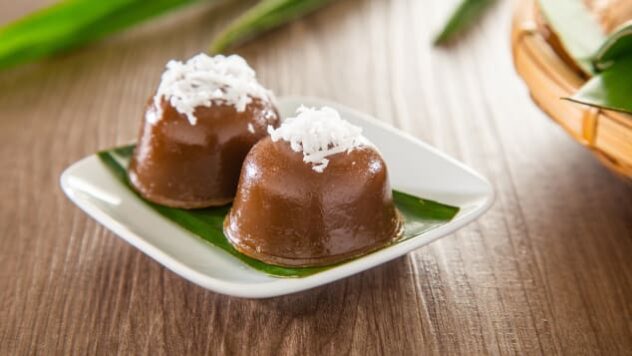
©Sharon Wee and Marshall via CNN
Pre-reading questions:
- What is your favorite food to eat during lunch? Tell me something about it.
- How often do you eat spicy food?
Vocabulary:
- diverse /dih-VURS/
- combination /kom-buh-NEY-shuhn/
- date back /deyt-bak/
- migrate /MAHY-greyt/
- mixture /MIKS-cher/
[adjective] – including many different types of people or things
I enjoy working in a diverse environment.
[noun] – the mixture you get when two or more things are combined
This city is a combination of Asian and Western cultures.
[phrasal verb] – to have existed for a particular length of time or since a particular time
They still practice a tradition that dates back to the 1920s.
[verb] – If people migrate, they travel in large numbers to a new place to live temporarily
My grandparents migrated to Canada in the 1970s.
[noun] – a substance made from a combination of different substances, or any combination of different things
This drink is a mixture of lemon juice, honey, and condensed milk.
Article reading:
Ayam buah keluak (chicken stew with black nuts)
©PixHound/Adobe Stock via CNN

Nothing says Peranakan cuisine more than Ayam buah Keluak. This stew is made with chicken, tamarind, spices, and buah keluak nuts.
Hee pio soup (fish maw soup)
©Sharon Wee and Marshall via CNN

Eaten during Lunar New Year feasts, this hearty soup contains meatballs, fishballs, chicken, cabbage, and egg rolls.
Sambal belachan (shrimp paste chili)
©Huang Yuetao/Adobe Stock via CNN

This paste can add an exciting flavor to any dish. It is made by blending belachan (dried shrimp paste), red chilies, kaffir lime leaves, and a pinch of sugar.
Kueh ko sui (palm sugar cake)
©chee siong teh/Adobe Stock via CNN

For dessert, Nyonyas offer a chewy cake called Kueh Ko sui. It is made by combining gula melaka (palm sugar), rice flour, tapioca flour, and lye water. The mixture is steamed, cut into cubes, and rolled in freshly grated coconut.
The Peranakans’ age-old cuisine and culture are still alive in many Asian countries like Singapore, Malaysia, and Indonesia. They can be experienced in restaurants, neighborhoods, and museums.
Comprehension questions
- What nationalities is Peranakan cuisine a combination of?
- What are the ingredients of Ayam buah Keluak?
- When is Hee pio soup traditionally eaten?
- What can Sambal belachan add to any dish?
- What are the ingredients of Kueh ko sui?
Discussion questions
- Compare Japanese cuisine with Peranakan cuisine. What are some differences and similarities?
- Which among the foods in the article would you recommend to your family and friends? Why?
- If you were a food critic/writer, which country’s cuisine would you like to write about? Which dishes would you highlight?
- Should more people around the world discover Peranakan cuisine?
- In your opinion, why is it important to try new foods?